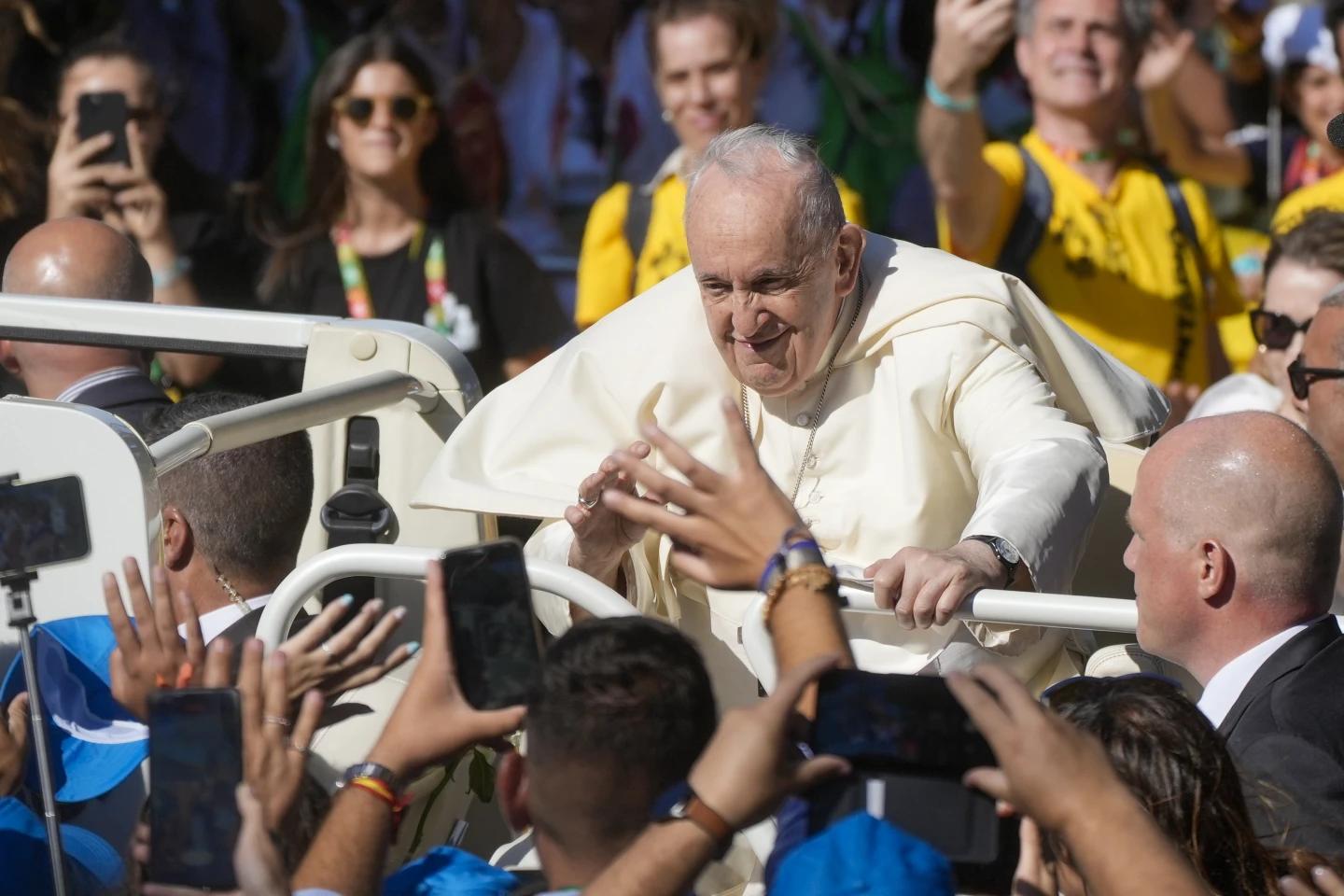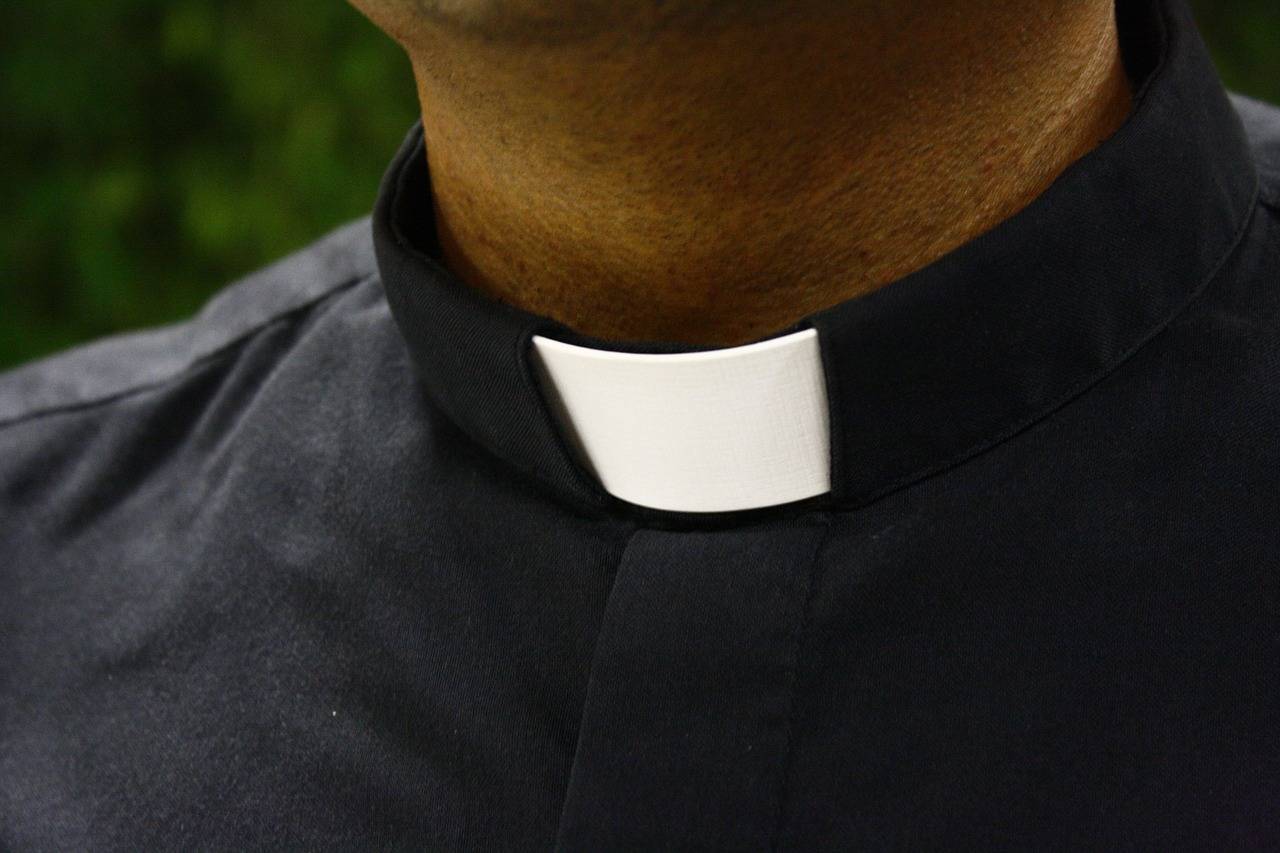For an entire generation of young people – some of them misfits and some cool kids, some convinced Catholics but also plenty of folks on the fence and free-spirited seekers – Pope Francis at the recent World Youth Day in Lisbon, Portugal, had a clear answer: “Yes, there is room for all of you in the Catholic Church.”
There’s room for everyone – space for everyone – Pope Francis said, time and again, over the five days of occasionally choreographed and frequently exuberant celebrations in and around the Portuguese capital.
It’s reasonable to wonder, however, if that was really the question today’s youth are asking about the Catholic Church.
There’s a great deal of evidence – much of it gathered by Vatican outfits – to suggest the true question young people today have isn’t so much, “Is there space for me in the Church?” as it is, “Why bother?”
A careful parsing of recent documents purporting to be the distillation of opinion-gauging efforts at various levels throughout the global Church may show that, behind real anthropological uncertainties – the questions and doubts regarding human nature in a contemporary world characterized by technological disruption and displacement – there is lurking a sense of indifference, driven more by apathy than genuine distrust.
A working document for the 2018 synod assembly on young people in the Church, for example, cited disillusionment spurred by “political system[s] dominated by corruption, that undermines confidence in our institutions and legitimizes fatalism and disengagement,” as well fears that “a culture inspired by individualism, consumerism, materialism and hedonism will prevail in the end, where appearances hold sway.”
The phenomenon is nothing new. The great playwright, Robert Bolt, saw signs of the crisis in the socio-political and economic messaging of the early 1960s.
“[S]ociety can only have as much idea as we have [of] what we are about,” he noted in the 1960 preface to A Man for All Seasons, “for it has only our brains to think with.”
“The individual who tries to plot his position by reference to our society finds no fixed points, but only the vaunted absence of them, ‘freedom’ and ‘opportunity’; freedom for what, opportunity to do what, is nowhere indicated,” Bolt went on to write. “The only positive he is given is ‘get and spend’ (‘get and spend – if you can’ from the Right, ‘get and spend – you deserve it’ from the Left) and he did not need society to tell him that.”
The great insight of Pope St. John Paul II in instituting and boosting World Youth Day was twofold.
In an age that insisted with increasing volume and consistency on the idea that Christianity’s time had come and gone, that the power of Christianity as a cultural force was on the wane and that the civilization Christianity had helped build and sustain for well over a thousand years finally was ready to shed the baggage of ancient faith, John Paul II called young people to bet it all on Christ in the Church.
“Enthusiasm is brief,” John Paul II told the roughly 1 million young people gathered in Buenos Aires on Palm Sunday of 1987, the first really big World Youth Day. “Let yourselves be embraced by the mystery of the Son of Man, by the mystery of Christ who died and rose from the dead. Let yourselves be embraced by the paschal mystery!”
In an age for which the clash of great systems was the order of the day, and disorder in the soul was everywhere palpable, John Paul II called on young people to seek the victory beyond history, won before the foundation of the world: “In Him,” said Pope St. John Paul II, “is the victory that triumphs in the world, the definitive victory of man.”
That was powerful, heady stuff.
Since then, World Youth Day has taken on a life of its own. It has developed a culture of its own, tending sometimes and in some ways toward attempts to baptize the cult of youth that is a hallmark of civilizational malaise, but at the same time, and in other ways, standing in stalwart opposition to the cultural dismissal of Christianity as a force for good.
Francis may have been answering the wrong question – or fighting the last war – with his insistence on there being space for everyone in the Church, but he certainly keyed into a subtle cultural undertone in his closing Aug. 6 homily for World Youth Day, which happened to be the Solemnity of the Transfiguration.
“Listen to Jesus,” he said. “Otherwise, even if we set out with good intentions along paths that seem to be of love, in the end those paths will be seen as selfishness disguised as love.”
That’s what taking people seriously sounds like. Paradoxically, it is of a piece with Francis’s core message to young people at his first World Youth Day in Rio, when he called on them to “make a mess” or “stir up a ruckus” – Hagan lio! – in Rio and beyond.
The spectacle, the sound and the stir of a million-odd young people, will speak for itself to a world that understands little besides numbers, but the sound of those young people listening to the divine teacher could break through the technological din of daily humdrum.
“Be careful of selfishness disguised as love!” Francis warned. “Listen to Jesus, for he will show you which paths are those of love.”
“Listen to Him,” Francis said.
There’s an answer to the question, “Why bother?”















